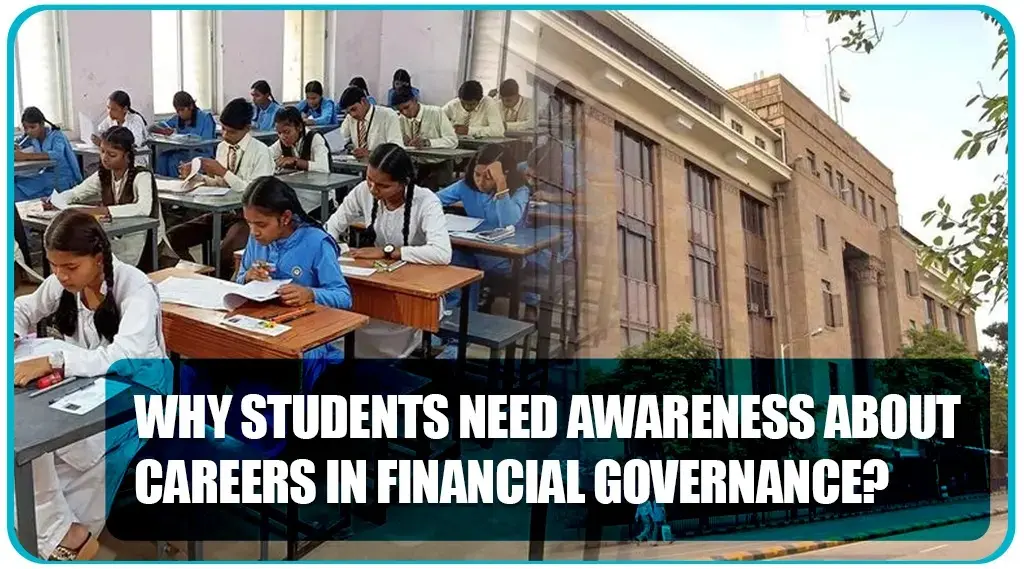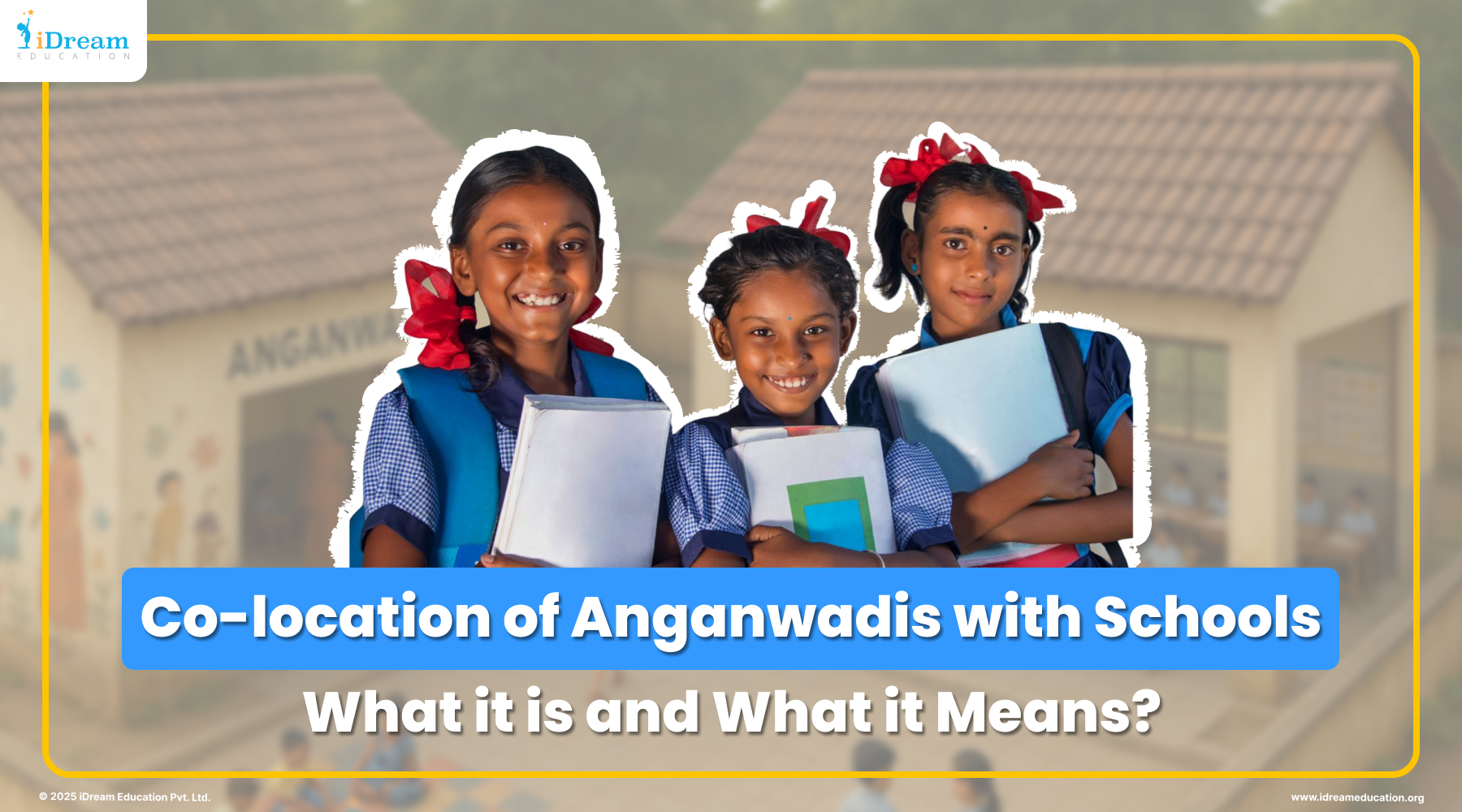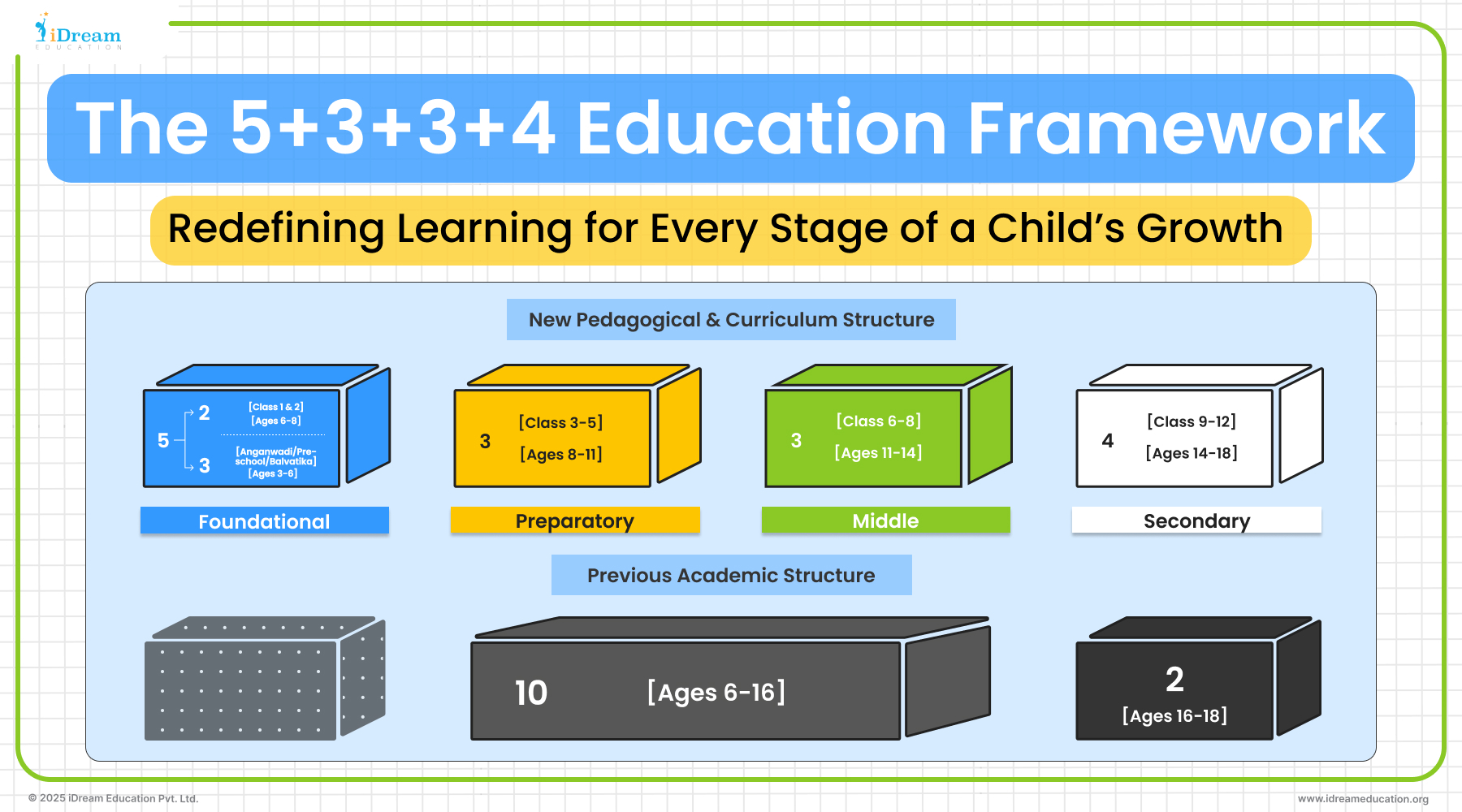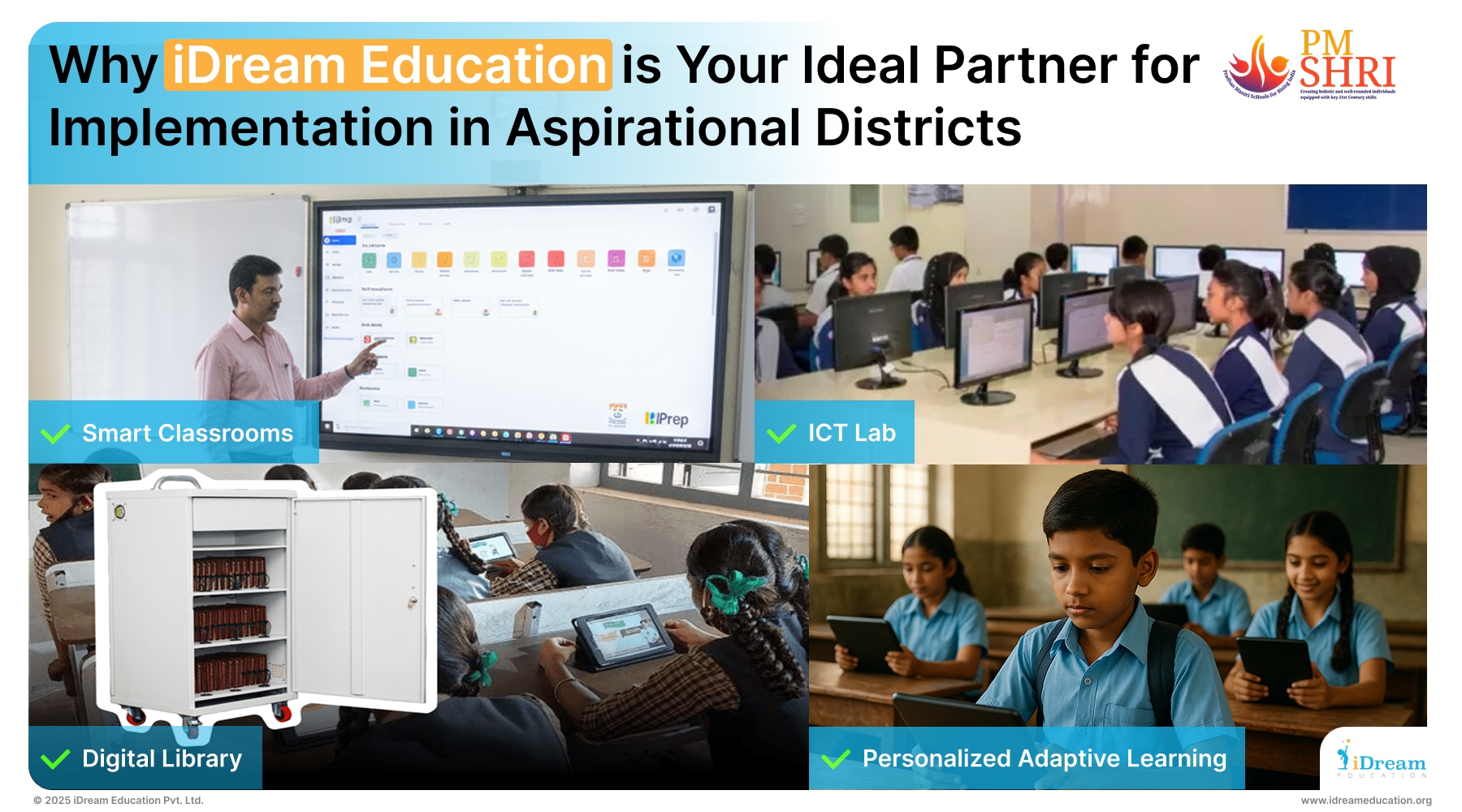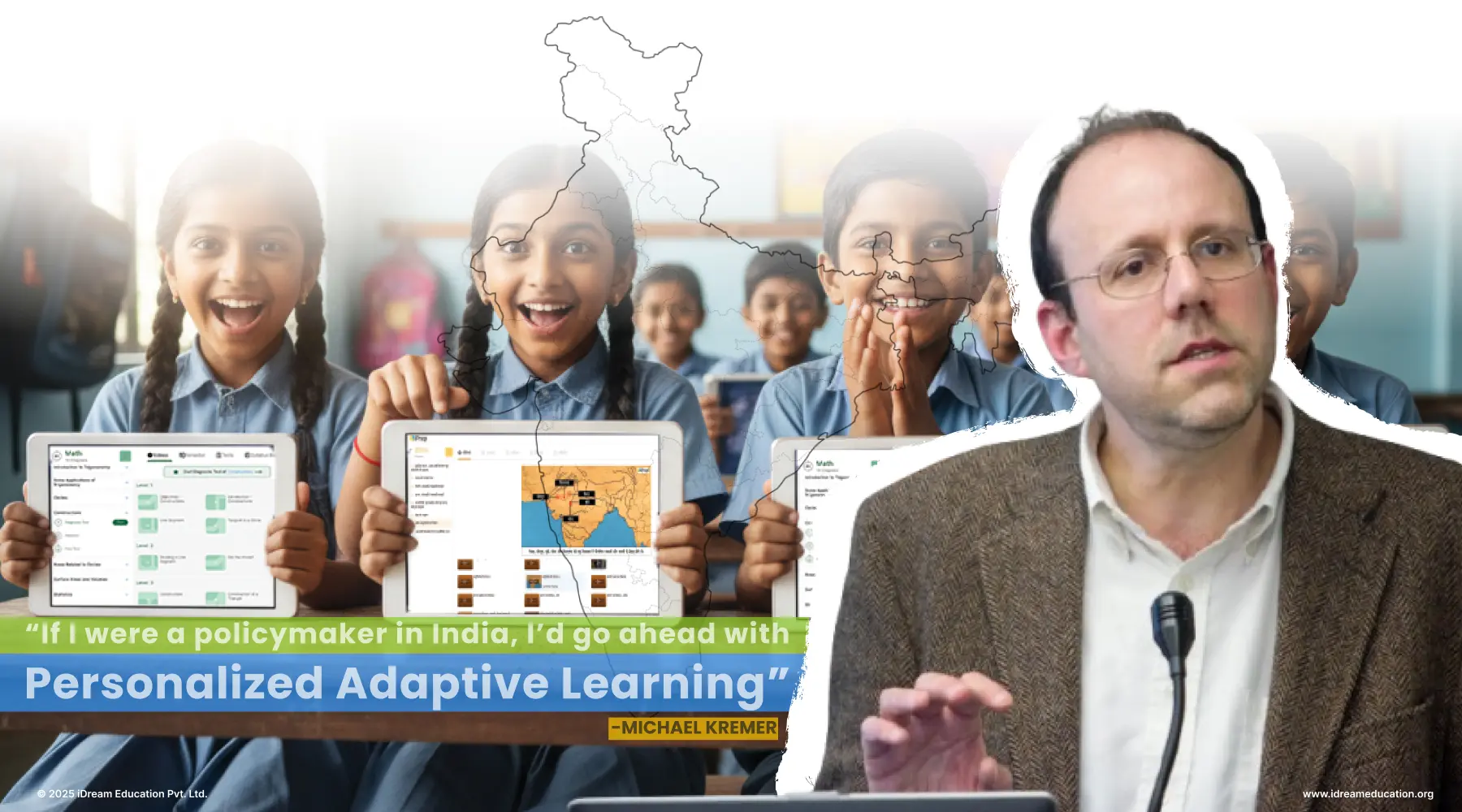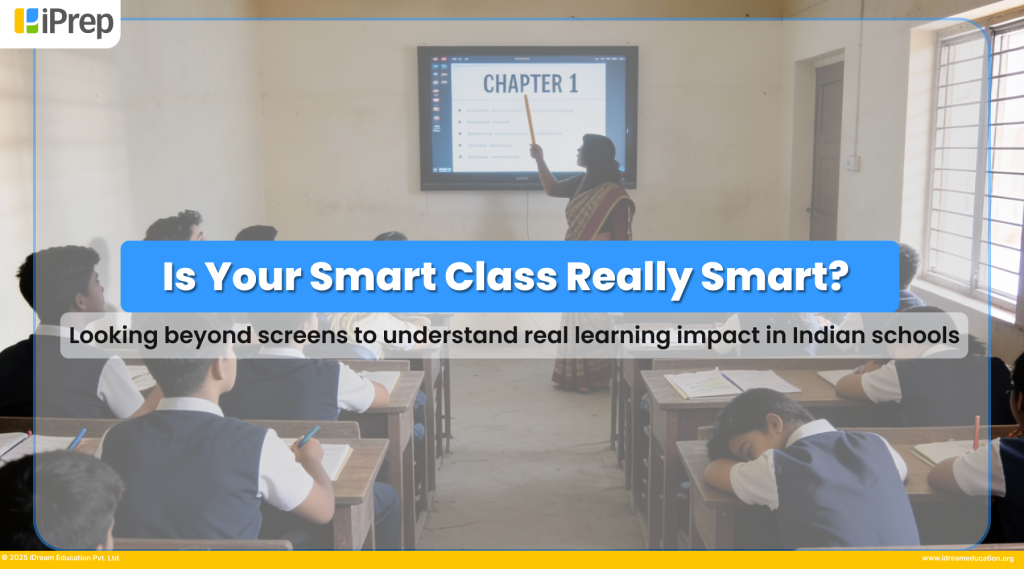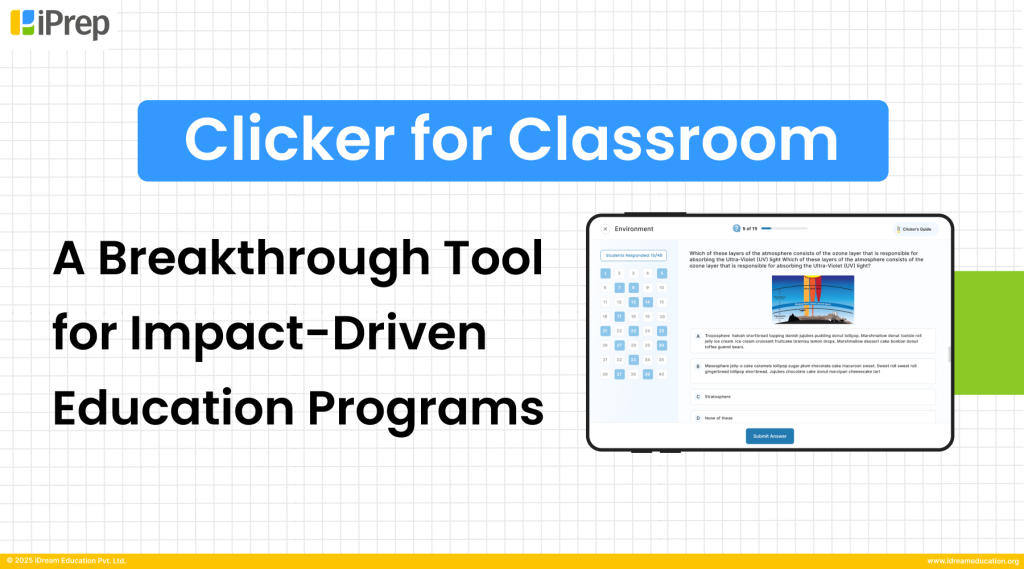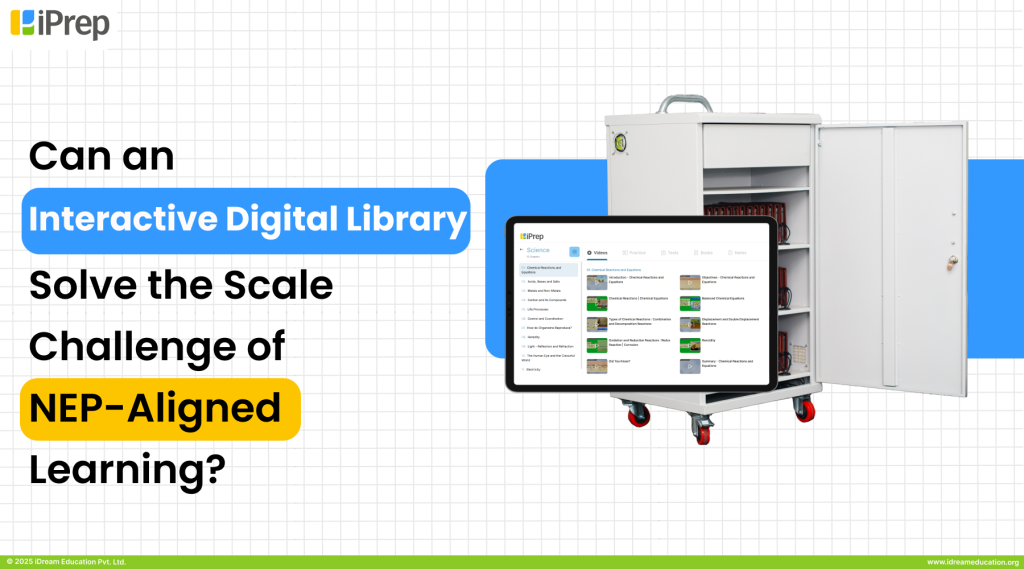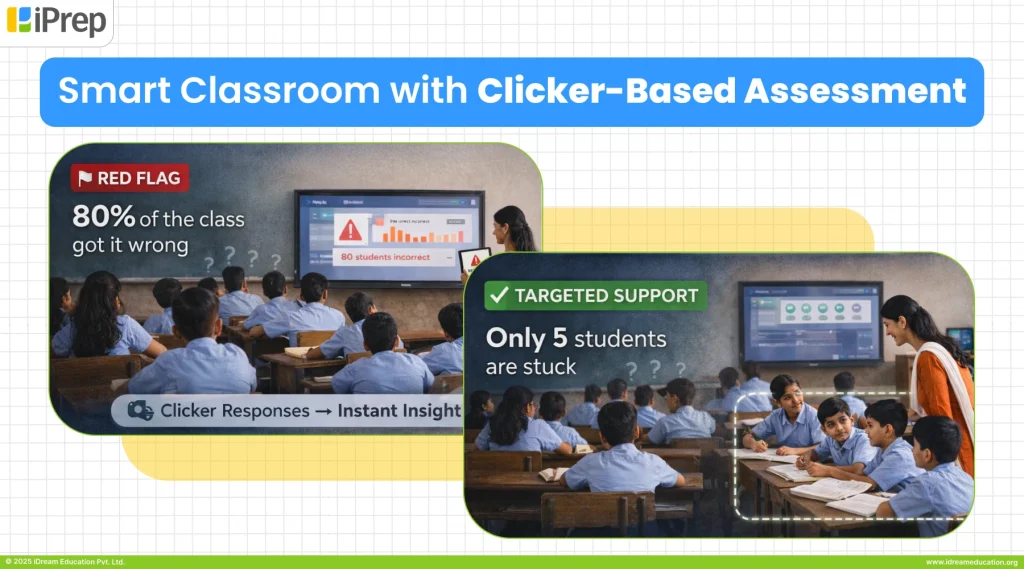
The PM SHRI (Pradhan Mantri Schools for Rising India) scheme stands today as one of the most impactful initiatives shaping the future of government schools across India. With its focus on quality education, modern infrastructure, and holistic learning aligned to the National Education Policy 2020, the scheme is not only uplifting thousands of schools but also setting new benchmarks for transformation.
What makes PM SHRI special is that it isn’t designed as just another government program. It carries the vision of becoming a collective movement, bringing together teachers, school leaders, parents, communities, and the wider education ecosystem to work in union. Together, they are helping schools evolve into inspiring models of excellence.
To truly grasp the scale and ambition of PM SHRI, it is worth looking at how the scheme is being structured and implemented across states, guided by strong frameworks from the Ministry of Education.
PM SHRI Scheme Progressing Across States: Guided by the Ministry of Education’s 3 Frameworks
PM SHRI schools are progressing with state-wise implementation, guided by three key frameworks released by the Ministry of Education. These frameworks form the foundation of this transformation, ensuring that every selected school aligns with the vision of NEP 2020, adopts modern pedagogy, and sets benchmarks for nationwide emulation.
At its core, the PM SHRI scheme goes beyond funding and infrastructure, it’s about reimagining what a government school can stand for in the 21st century. The PM SHRI Scheme reflects a shift from viewing schools merely as places for rote learning to establishing them as centers of holistic, inclusive, and future-ready education. These schools actively showcase the full implementation of the National Education Policy 2020, integrating experiential learning, environmental sustainability, digital innovation, and community participation.
The Ministry of Education highlights this transformation by positioning PM SHRI schools as “exemplar schools” that not only embody NEP 2020 but also mentor neighboring schools in adopting similar practices. To turn this vision into reality, the Ministry has laid out a structured approach built on three pillars: school transformation frameworks, programmatic and financial norms, and a quality assessment system, each of which we’ll explore in detail.
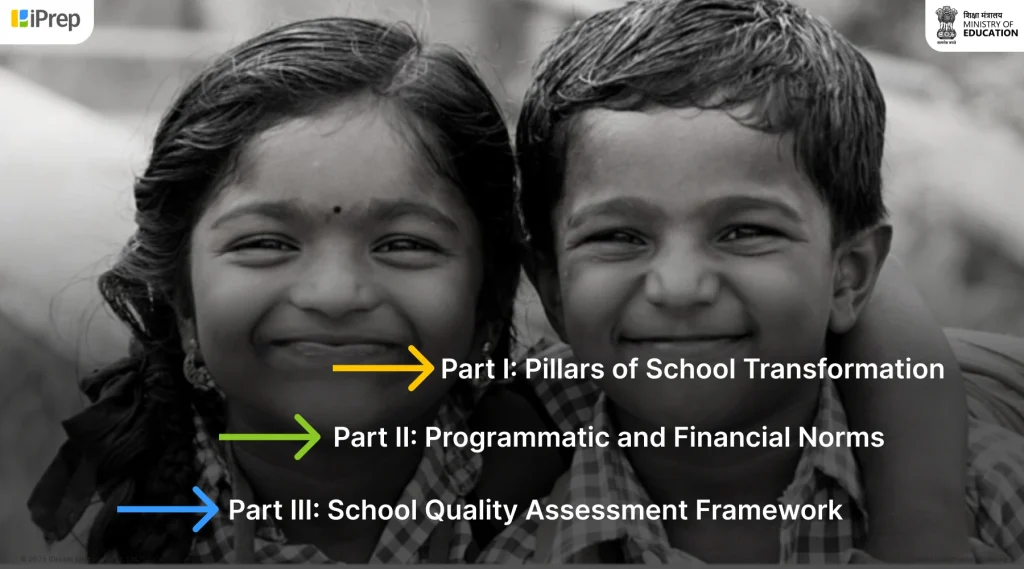
Part I: The Pillars of School Transformation
The first guiding framework focuses on curriculum, pedagogy, infrastructure, and inclusivity, ensuring that schools reflect the vision of NEP 2020 in practice. This includes experiential learning, integration of vocational education, digital resources, and eco-friendly campuses.
Why this matters: These measures aren’t just standards, they redefine the day-to-day experience of students. When classrooms become hands-on, when schools offer 21st-century learning experiences, students learn better and are engaged in the school environment. This pillar is what makes PM SHRI stand out from previous schemes, it shifts the focus from compliance to genuine transformation at the classroom level.
Part II: Programmatic and Financial Norms
The third framework is the School Quality Assessment Framework (SQAF), which sets out indicators to evaluate PM SHRI schools. It moves beyond exam results to include holistic outcomes such as teacher practices, inclusivity, innovation, and student well-being.
Why this matters: Without accountability, even the best-designed scheme risks losing momentum. SQAF gives schools a way to measure what really counts, quality of teaching, inclusiveness, and readiness for the future. By focusing on continuous improvement rather than one-time ratings, this pillar ensures PM SHRI schools remain dynamic and set benchmarks for others. Together, these three frameworks capture the true spirit of PM SHRI, to build schools that are modern in resources, rich in teaching quality, and deeply rooted in their communities. They ensure that the mission is not seen as a top-down scheme but as a collaborative effort to reimagine Indian schooling.
Part III: The School Quality Assessment Framework (SQAF)
The third framework is the School Quality Assessment Framework (SQAF), which sets out indicators to evaluate PM SHRI schools. It moves beyond exam results to include holistic outcomes such as teacher practices, inclusivity, innovation, and student well-being.
Why this matters: Without accountability, even the best-designed scheme risks losing momentum. SQAF gives schools a way to measure what really counts, quality of teaching, inclusiveness, and readiness for the future. By focusing on continuous improvement rather than one-time ratings, this pillar ensures PM SHRI schools remain dynamic and set benchmarks for others. Together, these three frameworks capture the true spirit of PM SHRI. They build schools that are modern in resources, rich in teaching quality, and deeply rooted in their communities. These frameworks ensure the mission is not seen as a top-down scheme but as a collaborative effort to reimagine Indian schooling.
PM SHRI School Coverage: State-Wise Breakdown
The vision of the PM SHRI scheme is being translated into action across India. Schools are being identified in every state and union territory. Each shortlisted school is a step toward making quality education, modern infrastructure, and NEP 2020-based teaching practices accessible to all students. This is regardless of their geographic location.
What makes this expansion significant is its inclusivity. PM SHRI schools are not limited to metro cities. They are also being set up in rural belts, tribal areas, and aspirational districts. These are places where access to modern education was once a distant dream.Each identified school marks a step toward transforming how students learn, bridging the gap between policy and ground-level impact.
Below is a state-wise breakdown of the number of PM SHRI schools and districts covered, giving a clear picture of how this initiative is spreading its impact across India
Ladakh – PM SHRI School Coverage
- Number of Districts: 2
- Number of Blocks: 28
- Number of PM SHRI Schools: 41
Jammu and Kashmir – PM SHRI School Coverage
- Number of Districts: 20
- Number of Blocks: 289
- Number of PM SHRI Schools: 427
UTTAR PRADESH – PM SHRI School Coverage
- Number of Districts: 75
- Number of Blocks: 1013
- Number of PM SHRI Schools: 1888
MAHARASHTRA – PM SHRI School Coverage
- Number of Districts: 35
- Number of Blocks: 625
- Number of PM SHRI Schools: 946
Haryana – PM SHRI School Coverage
- Number of Districts: 22
- Number of Blocks: 175
- Number of PM SHRI Schools: 299
Rajasthan – PM SHRI School Coverage
- Number of Districts: 34
- Number of Blocks: 543
- Number of PM SHRI Schools: 739
Assam – PM SHRI School Coverage
- Number of Districts: 35
- Number of Blocks: 280
- Number of PM SHRI Schools: 447
These are some states’ data. For a deeper and updated state-wise school count across all states, you can visit the official PM SHRI dashboard Here.
As the coverage continues to grow, the real challenge now is to maintain consistency, uphold quality, and achieve lasting impact.
This expanding reach brings us to the next big question: What challenges could slow down the PM SHRI mission despite its strong foundation?
Insights from 9 Years in EdTech: Understanding the Challenges to Digitisation in PM SHRI and How to Navigate Them
The PM SHRI scheme brings a powerful vision for transforming schools, but turning that vision into a day-to-day reality inside classrooms is not easy. Schools face interconnected challenges that influence each other’s effectiveness. Without addressing crucial aspects, the PM SHRI mission risks losing momentum despite clear objectives. Key challenges include:
Lack of Teacher Preparedness and Confidence
Challenge: Many teachers struggle to adopt competency-based, experiential, and digital teaching due to limited hands-on training and one-off workshops. Without continuous support, smart infrastructure often remains underutilized, and classroom practices remain unchanged.
How to Overcome: Provide experiential training for each resource, coupled with ongoing guidance and ready-to-use digital lesson support, enabling teachers to confidently implement new methods and make the most of available technology.
Lack of e-Platform Integration
Challenge: One key challenge in the PM SHRI digitalization plan is the integration of e-platforms. While preloaded content or platforms such as DIKSHA are suggested, they may not be fully compatible with all hardware devices planned under the scheme. This mismatch can hinder seamless access and usage for both teachers and students.
How to Overcome: Schools should partner with edtech providers that offer an LMS designed to work across all operating systems and hardware devices. Ideally, the K12 learning platform should be structured around the school learning environment and come with preloaded content, ensuring smooth implementation and immediate usability for classrooms.
No availability of Local Language and Multi-Lingual Content
Challenge: India’s diverse classrooms require traditional/digital resources in multiple languages. Content limited to English or a single regional language can leave many students and teachers excluded, undermining inclusivity goals.
How to Overcome: Enable digital content and other classroom resources in multiple local languages, ensuring all students can get access to learning in a language they understand, while supporting teachers with multi-lingual teaching resources.
Lack of Focus on Individual Learning Needs
Challenge: Merely providing video content as a “digital solution” does not address diverse learning needs. Students have different learning styles and require varied resources to grasp concepts effectively.
How to Overcome: Partner with trusted digital content providers who offer curriculum-aligned resources in multiple formats, such as videos, notes, practice exercises, simulations, and lab videos, allowing each student to learn in their preferred style and make the best use of available resources.
Underutilized Resources and Lack of Usage Insight
Challenges: Schools lack monitoring mechanisms and insights into technology use, leading to underuse or random use of digital libraries, tablets, and smart classrooms.
How to Overcome: Adopt an LMS or solution from an edtech provider that offers offline usage reporting and analytics. This enables schools to track resource utilization and empowers project administrators to make data-driven decisions for strategic interventions, ensuring technology actively enhances teaching and learning.
Bridging these challenges with comprehensive solutions paves the way for meaningful adoption of digital learning solutions and sustained impact in PM SHRI schools.
If you are looking for a technology implementing partner for PM Shri school, we would be happy to connect. Our team can arrange a detailed demo to showcase our LMS, curriculum-aligned digital content, robust reporting mechanisms, and our complete process, from implementation to teacher training and usage monitoring. For more details, you may reach out to us at +917678265039 or write to us share@idreameducation.org. You can also share your details here, and our team will connect with you.


